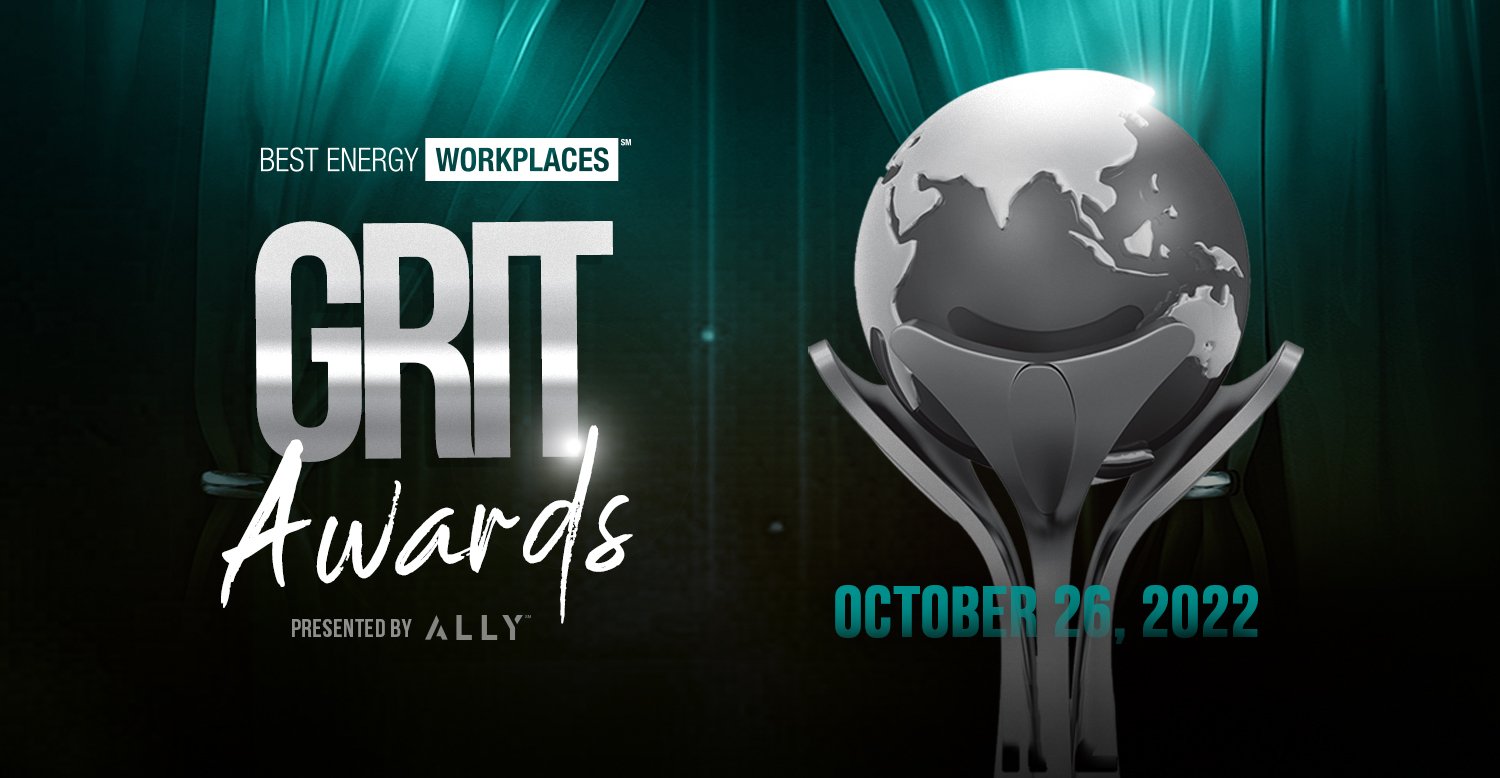Deep disparities define today’s energy world: oil markets and geopolitical tensions, carbon emissions and climate targets, the promise of energy for all and the lack of electricity access for nearly 1 billion people around the world. According to the International Energy Agency, the challenge today is one of scale: global energy use is ten times higher than in 1919 and it is growing. Driven by higher energy demand in 2018, global energy-related CO2 emissions rose 1.7% to a historic high of 33.1 Gt CO2.
Likewise, the energy sector remains one of the least gender diverse sectors and closing this gender gap will be vital as women are key drivers of innovative and inclusive solutions. The energy transition will require innovative solutions and business models to be adopted and greater participation from a diverse talent pool.
In 2015, women constituted 47% of the US workforce, but made up only 17% of the energy industry. African Americans account for 12% of the US workforce but make up only 6.7% of the current energy workforce. A 2017 study concluded, “women [in oil and gas] account for a significantly smaller share of the workforce than they do in almost any other sector.” And the McKinsey & Co LeanIn study shows diversity challenges across the pipeline of energy talent.
Although women are broadly underrepresented in corporate America, the talent pipeline varies by industry. Some industries struggle to attract entry-level women (engineering and industrial manufacturing), while others fail to advance women into middle management (transportation, logistics, food distribution) or senior leadership (retail, healthcare).
According to US government labor projections, the demographics of the cadre entering the workforce in 2050 will be only 51% white, non-Hispanic, inclusive of both genders. To quote a University of Houston article, “young talent and diverse talent are increasingly becoming one and the same”. Compounding the concerns over the energy workforce, a career in oil and gas polled as “very appealing” to only 18% of Millennials and merely 6% of Gen Zers, according to an Ernst and Young survey.
In 2019, the House of Representatives Sub-committee on Energy and Infrastructure met to discuss the workforce of the future for energy with executives in oil and gas, utilities, renewables, energy efficiency, and with a focus on women, minorities, and veterans.
In the United States, many efforts to address the energy workforce gaps are underway. In 2010, the Department of Energy formed the Clean Energy Education and Empowerment (C3E) initiative to promote greater gender diversity in clean energy professions, assisted by three partner universities – Massachusetts Institute of Technology, Stanford University and Texas A&M. In 2015, Pink Petro launched a digital community and careers platform to promote underrepresented labor groups and spotlight the careers possible in energy. Pink Petro’s member companies form its Global Community Council that convenes quarterly to address emerging workforce topics.
In 2018, we conceived the goal to identify energy networks and workforce initiatives to accelerate the progression of diversity and inclusion in energy.
The Fall 2019 summit brought together energy executives, influencers and other thought leaders to discuss how the energy sector can become a leader in attracting and retaining the next generation workforce. The participants included 78 companies and 10 leading affinity groups in energy.
This is the first of many summits to address these workforce gaps. In 2020, we will put a focus on culture change, industry attractiveness, and measurement. We are also forming relationships internationally with other key groups looking at workforce globally.
Download the Full Energy Workforce of the Future Report
To have your company or organization a part of this work, we invite you to apply for membership.





